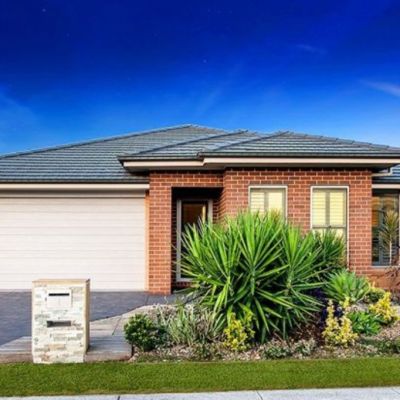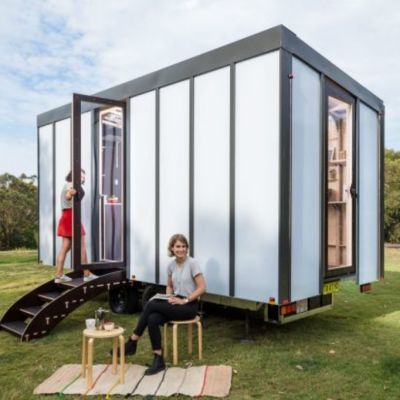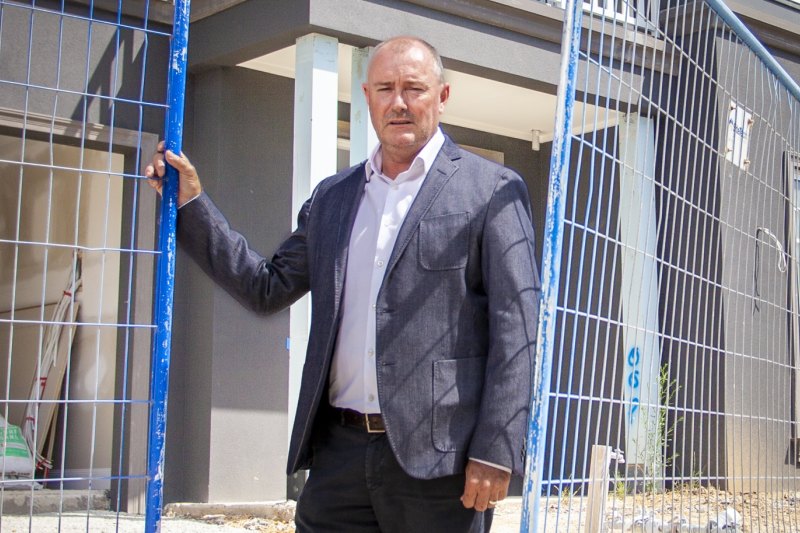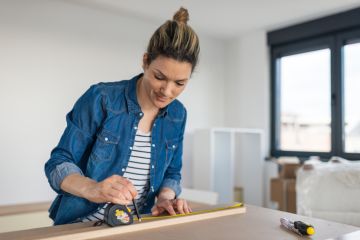Could micro-homes solve Sydney's housing affordability problems?
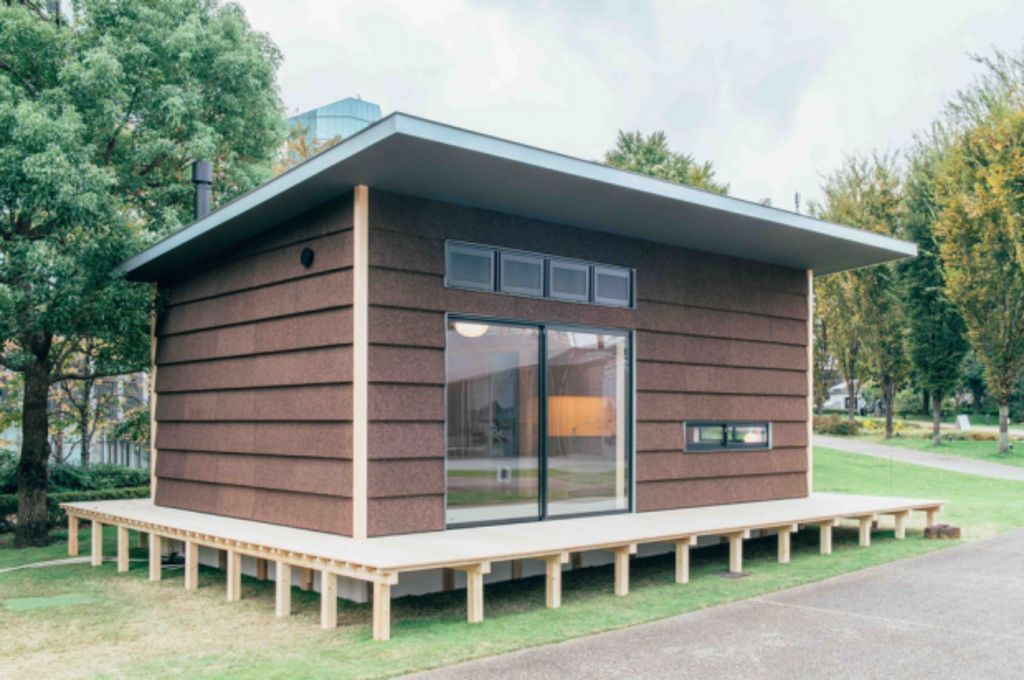
Located in many of the cities we wish to live in, or perhaps visit, the trend of micro-homes can be found across the globe. Living in a small home has become embedded in certain cultures. A micro-apartment in New York, Paris or Hong Kong isn’t out of the ordinary. There is no concrete definition, anything below 46 square metres appears to be deemed micro. A child’s teepee is surely larger than this?
If you want to own your own home in some of the most densely populated cities, opting for less space is often the only way, forcing the reassessment of what is a necessity. These micro-homes could challenge the floor space of a motorhome but without the added benefit of being relocatable.
It may seem pretty ironic considering we are blessed with space in Australia, admittedly much of it uninhabitable but we do have a vast amount of land. Blocks of land are generally not to a micro extreme but family homes are becoming smaller. It does indicate the Australian dream of a quarter-acre block could be a thing of the past. Buying behaviour is illustrating a tendency towards smaller homes.
Domain data confirms certain areas of Greater Sydney are being challenged for land capacity. Homes in Darlington were the smallest, with an average of 173 square metres based on suburbs with more than 10 houses or terraces sold last year (this is house and land). Surry Hills had an average size of 175 square metres, Bondi Junction at 179 square metres, Newtown at 201 square metres and Paddington at 205 square metres, which complete the top five areas to find small homes in Sydney last year.
Housing affordability is certainly a key driver. It is common sense – a smaller block will have a lower land cost and subsequent build cost for the respective residence. If home values continue to be pushed increasingly out of reach and our population continues to boom, smaller blocks will be a way of life for many, offering affordable housing.
Housing affordability is not the only trigger factor. A large block does not make it on to the wish list for some buyers. A central location is a must for many. Societal factors are changing the face of communities. In busy lives, often buyers choose smaller homes, with less maintenance and upkeep, to devote more time to living.
The scenario often means the walls you own do not dictate the definition of a home. Your local cafe becomes part of your dining room, the local park part of your garden and the public library an additional space for quiet time. The walkability factor within dense, purpose built neighbourhoods helps to build a sense of community. The point I’m trying to make: your home isn’t your only castle, the community surrounding begins to form a large part of it.
It could be a subject of choice or perhaps affordability constraints. What is real is the nature of a growing population; we either create dense city communities or spread to regional areas, or both. Either way, perhaps a compromise is on the cards.
Dr Nicola Powell is a data scientist at Domain Group.
States
Capital Cities
Capital Cities - Rentals
Popular Areas
Allhomes
More
